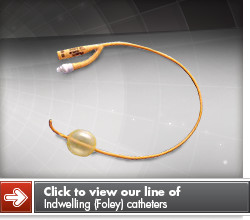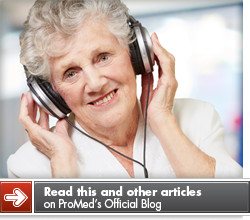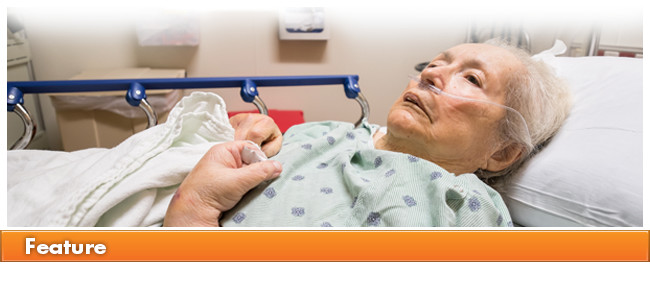
|
Indwelling (Foley) catheter
How it works
- Left in the bladder
- Collects urine and empties it into a drainage bag
- May be inserted through the urethra or directly into the bladder via a small hole in the belly (urostomy)
- A small inflated balloon on the end of the catheter prevents it from sliding out (the balloon is deflated before removal)
|  |
|
When is it used?
- For both short and long periods of time
- When residents have acute urinary retention or bladder outlet obstruction
- For accurate measurement of urinary output in critically ill residents
- During and following select surgeries
- When residents require prolonged immobilization
- Following spinal cord injuries
- To improve comfort during end-of-life care
| |

|
Intermittent catheter
How it works
- Inserted into the bladder only when urine needs to be drained and then removed
When is it used?
- For short-term use, such as after surgery
| 
|

|
External (condom) catheter
How it works
- For male use only
- A condom-like device is placed over the penis
- A tube connected to the catheter leads to a drainage bag
When is it used?
- Typically used when residents have serious functional or mental disabilities, such as dementia, rather than urinary retention problems
|  |

|
The CDC cautions that indwelling catheters should only be used for appropriate indications and left in place only as long as needed. They should never replace proper nursing care for incontinent residents.2
Catheters are available in several different materials, such as silicone and latex, and with multiple features. Your highly trained ProMed territory manager is ready to help you select the exact catheters to meet your residents’ needs. To get started, contact your territory manager, give us a call at (800) 648-5190 or visit us online at promedsupply.com.
References
1 U.S. National Library of Medicine: MedlinePlus. Urinary catheters. Available at: http://www.nlm.nih.gov/medlineplus/ency/article/003981.htm. Accessed June 16, 2015.
2 Centers for Disease Control and Prevention. Guideline for Prevention of Catheter-associated Urinary Tract Infections, 2009. Available at: http://www.cdc.gov/hicpac/cauti/02_cauti2009_abbrev.html. Accessed June 15, 2015.
| |
 |
|
Study: Environmental Stimuli Reduce Apathy in Residents with Dementia
A new study has found that residents with dementia are less likely to experience apathy when the long-term care facilities where they reside provide strong environmental stimulation.
According to the researcher, roughly 90 percent of residents with dementia experience apathy. As a result, they are less likely to socialize with other residents or engage in everyday activities. Studies have linked apathy to a swifter decline in residents with dementia.
The researcher was able to conclude that residents were less likely to experience apathy at facilities that provided clear and strong stimuli in areas such as ambiance, lights, sounds and staff familiarity with residents. Residents showed greater apathy at facilities that were either less stimulating or overwhelming.
To learn more,
click here.
|  |
 |
 |  |
|
Cure intermittent catheters are not made with DEHP, BPA or natural rubber latex.
Additional features:
- Sterile
- Single use
- Polished eyelets
- Funnel ends
- Multiple tip options
- Hydrophilic coating on select models
| 
|
|
Product pricing is only visible to registered promedsupply.com customers. If you are not yet registered, give us a call at (800) 648-5190 and our Customer Care Professionals will be happy to get you set up.
| |
|
|
|
|

